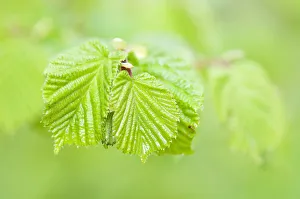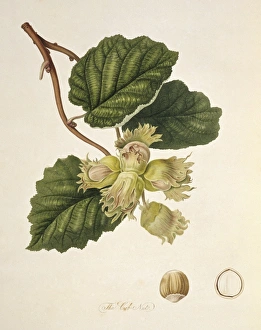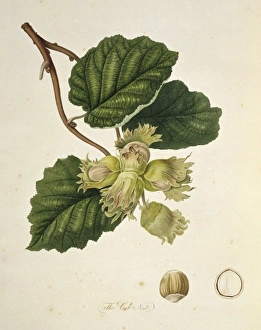Cob Nut Collection
The cob nut, also known as the hazel or Corylus avellana, is a green shrub tree that offers more than just its delicious nuts
All Professionally Made to Order for Quick Shipping
The cob nut, also known as the hazel or Corylus avellana, is a green shrub tree that offers more than just its delicious nuts. This versatile plant has been used for centuries in alternative medicine and therapy due to its numerous health benefits. With its intricate leaves growing outdoors on the tree, the cob nut showcases nature's beauty at its finest. The close-up of these leaves in ancient woodland reveals their stunning details and adds a touch of elegance to any landscape. Not only is the cob nut a treat for our taste buds, but it also serves as an alternative resource for various purposes. Its bark can be used in crafts or even as firewood during those cozy winter nights. Additionally, this remarkable plant has been utilized in alternative therapies to promote overall well-being. In harmony with other trees like the common ash, the common hazel stands tall and proud. Their combined presence creates breathtaking habitats that are home to countless species of flora and fauna. During summer months, you can find common hazel leaves thriving in hedgerows on farmland across England. These vibrant green foliage add color and life to their surroundings while providing shelter for small creatures seeking refuge. Even when covered with frost in snow-covered hedgerows during winter, male catkins of the common hazel remain resilient. Their delicate appearance contrasts beautifully against the harshness of their environment—a true testament to nature's ability to adapt and survive. As November arrives, Grove Farm Reserve becomes adorned with strikingly textured bark from these majestic trees. The rough exterior tells tales of resilience and strength while adding character to this Suffolk countryside gem. So next time you come across a cob nut or enjoy some hazelnuts as a snack, take a moment to appreciate all that this humble tree provides—beauty, sustenance, healing properties—and remember how intertwined we are with nature's wonders.



















